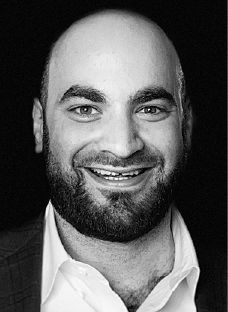 Five years since the World Health Organization declared it a global pandemic, COVID-19 remains a catalyst for targeted advancements in science and technology. The pandemic demonstrated that coronaviruses cast a wide net of opportunity for the scientific R&D community. In photonics, efforts to advance the understanding of corona-viruses diverge into many distinct areas of study. The development of systems to preempt and improve testing methods is one point of considerable progress, though many others exist.
Five years since the World Health Organization declared it a global pandemic, COVID-19 remains a catalyst for targeted advancements in science and technology. The pandemic demonstrated that coronaviruses cast a wide net of opportunity for the scientific R&D community. In photonics, efforts to advance the understanding of corona-viruses diverge into many distinct areas of study. The development of systems to preempt and improve testing methods is one point of considerable progress, though many others exist.
This issue of Photonics Spectra is the 60th to be published since the World Health Organization’s March 2020 declaration. A couple hours of digital backtracking revealed that, in some context, 53 of the previous 59 issues mentioned COVID-19.
This digital backtracking exercise served another purpose; perusing five years of magazines reinforced the notion that the last half-decade has seen more than a few developments in photonics’ business sector. A few observations stand out.
First, at a time when investment and financial entities are forecasting a sharp rebound in merger and acquisition activity in 2025 and 2026, business combinations have hardly become streamlined — even if they have flatlined. The global regulatory environment deserves some attention here. Hamamatsu’s acquisition of NKT Photonics, which the companies announced in June 2022, took nearly two years to close after facing scrutiny from the Danish Business Authority. MKS Instruments’ purchase of Atotech took more than a year to wrap, with approval from China’s State Administration for Market Regulation representing a hurdle.
Regulatory clearance isn’t the only thing that can extend an acquisition. II-VI’s purchase of Coherent spanned 18 months. The bidding war that characterizes this transaction ultimately involved four companies.
Another trend: productization in quantum. Commercial solutions including measurement systems, imagers, coolers, and quantum-grade materials are joining quantum cascade lasers and atomic clocks in the quantum marketplace. Importantly, these new-to-arrive products are diversified in their areas of intended application. Quantum cryptography, compute (both hardware and software), and sensing solutions are all moving toward the mainstream, perhaps signaling positive forthcoming developments for the applications that they support.
Finally, there is an uptick from within photonics’ business sector to pioneer efforts targeting sustainability. This extends from the implementation of sustainable manufacturing practices to new applications and projects, including in photovoltaics, agriculture, and green energy.
This last theme serves as inspiration for this issue’s cover story. Contributing editor Marie Freebody isolates optical remote sensing for environmental applications, offering a look at photonics’ utility for emissions monitoring, water quality assessments, and solar forecasting. Read more here.
While research and academia often take the lead on initiatives in these areas, it is the business sector that is driving much of the progress that Freebody spotlights.
